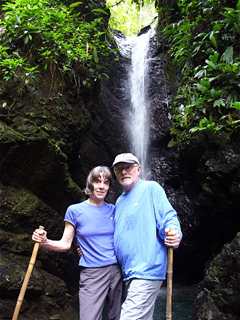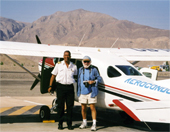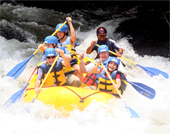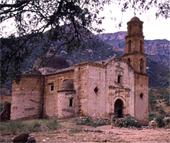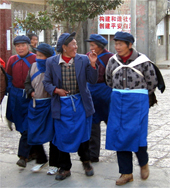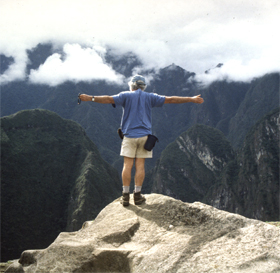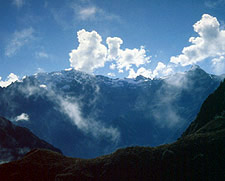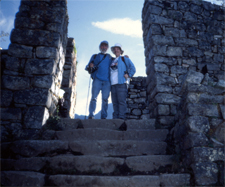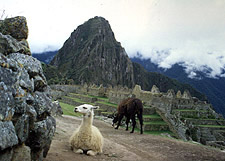The California Native is happy to announce our new email newsletter, “The Desktop Traveler.”
We like to keep in touch with our many friends and fellow travelers and so, way back in 1984, we began publishing our California Native Newsletter. Now the newsletter has more than 10,000 readers and we receive many cards and letters from our readers telling us how much they enjoy the publication. We have even had several people sending notes saying “Although I can no longer travel, I would like to continue receiving your newsletter and I am sending this to help cover the postage.” We very much appreciate these gestures and we donate any money we receive to charities supporting the Tarahumara people in Mexico’s Copper Canyon. You can subscribe to the newsletter here.
With the advent of the internet we added our California Native website. In addition to listing all of our current trips and prices, it is filled with useful information on all of our destinations including an archive of the hundreds of stories we have published over the years, charts to compare our various trips, and many other features.
Last year we introduced our Blog, Facebook and Twitter pages, to make it even easier to communicate with us.
Now we have added another way to keep in contact with our many friends, our email newsletter, “The Desktop Traveler.” This short little newsletter will be published once every few weeks and features stories which are fun and interesting to read.
If you are already a subscriber to The California Native Newsletter (and we have your current email address on file) you will automatically receive the Traveler. If you are not receiving it and would like to, please call or send us your email address. We don’t want this to be looked at as being “junk” mail, so you can always opt out by clicking the “unsubscribe” link at the bottom.
Here is a sample of the publication:
|
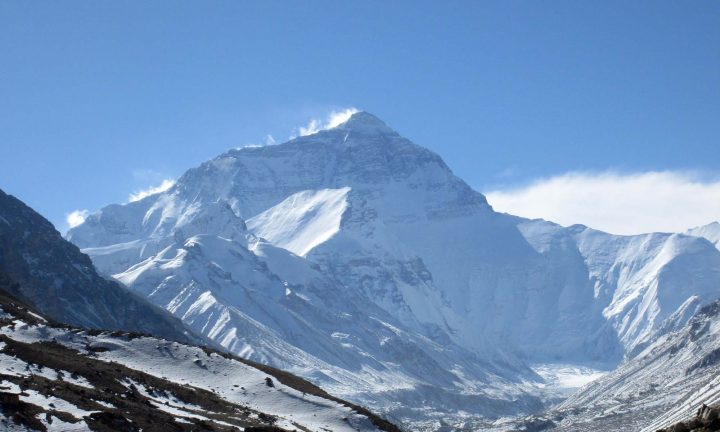

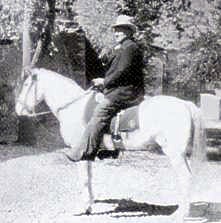
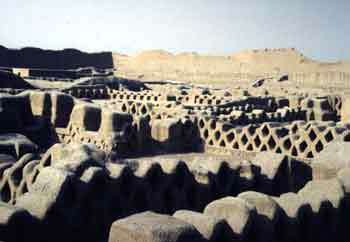
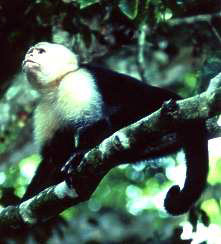

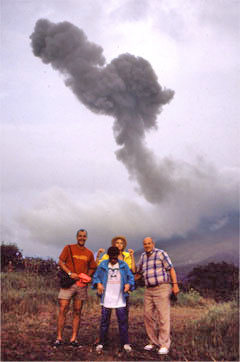
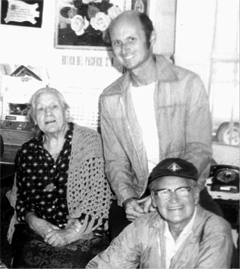
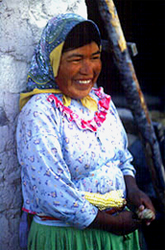 Who were these strangely-dressed people, who came from obscurity to outpace hundreds of experienced runners?
Who were these strangely-dressed people, who came from obscurity to outpace hundreds of experienced runners?